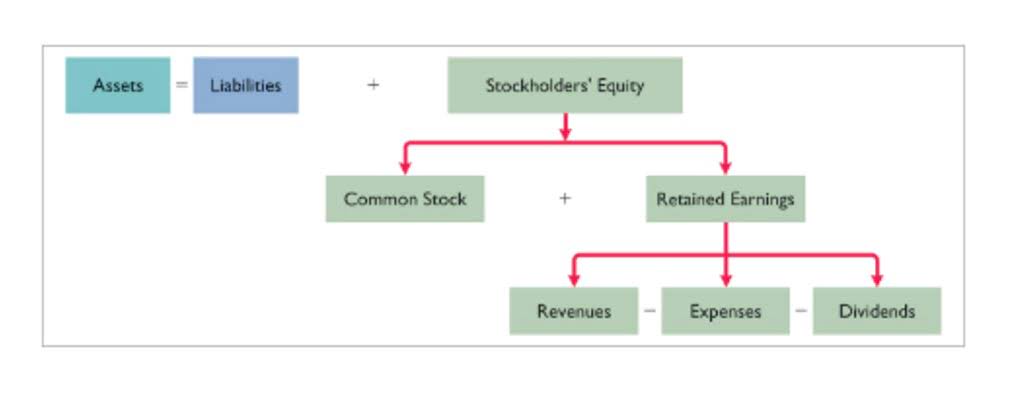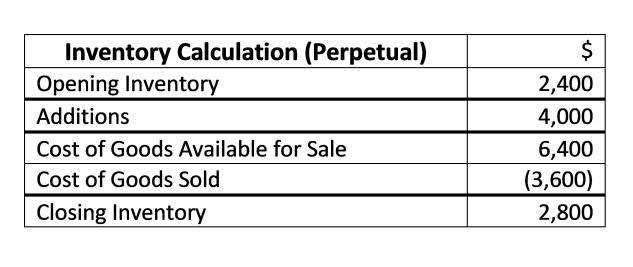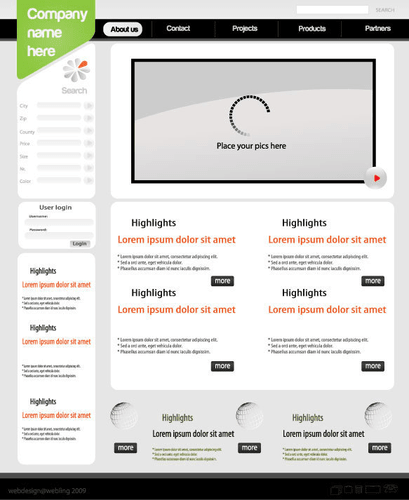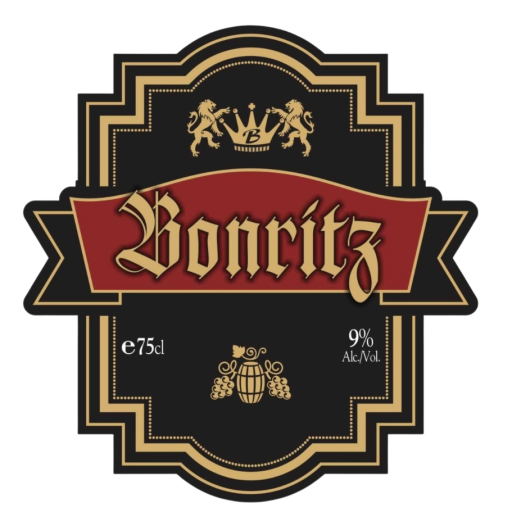
Accordingly, goods sold on October 18, 2018 would comprise of purchases made on October 18, 2019 would comprise of purchases made on October 8, 2019 and October 14, 2019. In this case, we will consider that Harbour Manufacturers uses the perpetual inventory system and FIFO method to calculate the cost of ending inventory and COGS. Furthermore, under this method, there is always a chance of committing an error due to improper entry or failure to prepare or record the https://www.bookstime.com/articles/how-to-choose-the-best-startup-cpa-service inventory purchased. As a result, the recorded inventory may differ from the actual inventory. Such an analysis would help Benedict Company in determining the products that earn more profit margins and the products that are turning out too costly for the company to manufacture. Thus, from the above example, it can be observed that the cost of the merchandise that Benedict Company Manufacturers has to sell cost him $530,000 leaving the closing inventory of $20,000.
Diving Beyond Boosters into Organized Retail Crime Rings – Security Management Magazine
Diving Beyond Boosters into Organized Retail Crime Rings.
Posted: Sun, 01 Oct 2023 07:00:00 GMT [source]
You would need to have more units sold/inventory sold than goods purchased or not have purchased any goods in an accounting period but also have returns of a product purchased in an earlier period. Then your (beginning inventory) + (purchases) – (ending inventory) would result in a negative. For each of the above accounting methods, a certain amount of accounting acumen helps when gathering the information for your income statement. FreshBooks offers COGS tracking as part of its suite of accounting features. Accurate records can give you peace of mind that you are on track come reporting time.
Are labour costs included in the cost of goods sold?
All inventories obtained during an accounting period are recorded as Purchases. Now, let’s take an example of a food delivery services company, Zoot, that picks up parcels from various suppliers and delivers it at the doorstep of the consumer. Therefore, we can say that inventories and cost of goods sold form an important part of the basic financial statements of many companies. Income statements are one of the three most important financial documents in your repertoire—and learning how to draw one up is a crucial step in understanding your business’s financial trajectory. To get more info on how to build your own report, check out our page on how to prepare an income statement.
That is, this method of inventory management records the sale and purchase of inventory thus providing a detailed record of the changes in the inventory levels. This is because the inventory is immediately reported with the help of management software and an accurate amount of inventory in stock as well as on hand is reflected. Thus, by calculating COGS, various stakeholders of your company like managers, owners, and investors can estimate your company’s net income. If the per-unit selling price is greater than the per-unit cost of the product, then your business has earned profits. While if the per-unit selling price is less than the per-unit cost of your products, this means your business has suffered losses.
What is a Product Cost?
Companies manufacturing or handling expensive, easily distinguishable items can successfully use this valuation method. Thus, the ending inventory according to this method is $23,600 and the cost of goods sold is $17,600. Thus, the ending inventory according to this method is $27,100 and the cost of goods sold is $16,800. Now, to calculate the cost of ending inventory and COGS, FIFO method is used. The First In First Out Method is based on the assumption that the goods are used in the sequence of their purchase.
Generally speaking, COGS will grow alongside revenue because theoretically, the more products/services sold, the more must be spent for production. As another industry-specific example, COGS for SaaS companies could include hosting fees and third-party APIs integrated directly into the selling process. Consumers often check price tags to determine if the item they want to buy fits their budget.
Step 4: Add Purchases of Inventory Items
Cost of Goods Sold is the cost of producing the goods, and it consists of direct materials, direct labor, and factory overhead. For partnerships, multiple-member LLCs, corporations, and S corporations, the cost of goods sold is calculated on Form 1125-A. This form is complicated, and it’s a good idea to get your tax professional to help you with it. The process and form for given the following information for a retailer, compute the cost of goods sold calculating the cost of goods sold and including it on your business tax return are different for different types of businesses. Inventory includes the merchandise in stock, raw materials, work in progress, finished products, and supplies that are part of the items you sell. You may need to physically count everything in inventory or keep a running count during the year.

The cost of goods sold, inventory, and gross margin shown in Figure 10.7 were determined from the previously-stated data, particular to FIFO costing. It is one of the significant items that form part of the current assets of a business entity. You must remember that the per-unit cost of inventory changes over time. Hence, you must choose a method of accounting inventory such as LIFO, FIFO, average cost, and specific identification so that inventory cost can be expensed to COGS.
Formula To Calculate Cost of Goods Sold (COGS)
FIFO and specific identification track a single item from start to finish. Cost of Goods Sold (COGS) is the direct cost of a product to a distributor, manufacturer, or retailer. Thus, the cost of the revenue takes into consideration COGS or Cost of Services and other direct costs of manufacturing the goods or providing services to the customers.
For instance, the “Cost of Direct Labor” is recognized as COGS for service-oriented industries where the production of the company’s goods sold is directly related to labor. On the income statement, the cost of goods sold (COGS) line item is the first expense following revenue (i.e. the “top line”). Let’s return to the example of The Spy Who Loves You Corporation to demonstrate the four cost allocation methods, assuming inventory is updated at the end of the period using the periodic system. By documenting expenses during the production process, a business will be able to file for deductions that can reduce its tax burden. By understanding COGS and the methods of determination, you can make informed decisions about your business.
What You Need To Calculate COGS
Ending inventory costs are usually determined by taking a physical inventory of products or by estimating. If you are a small business with annual gross receipts of $26 million or less for the past three years, you may be able to choose not to keep an inventory and not use the accrual method for accounting. Check with your tax professional before you make any decisions about cash vs. accrual accounting.

